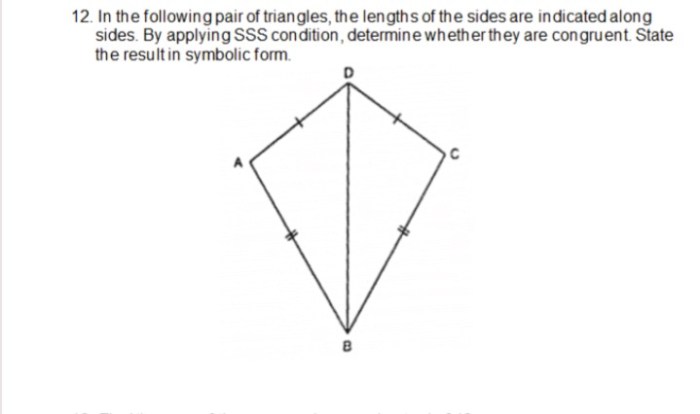Polygon angle sum theorem worksheet answers provide a comprehensive understanding of the fundamental concept of polygon angle sum theorem, empowering students to confidently solve problems involving polygon angles.
This guide delves into the intricacies of the theorem, offering a clear explanation of its formula and showcasing its application through diverse polygon examples.
Polygon Angle Sum Theorem

The polygon angle sum theorem states that the sum of the interior angles of a polygon with n sides is (n-2) x 180 degrees. This formula can be used to find the measure of any interior angle of a polygon.For
example, a triangle has three sides, so the sum of its interior angles is (3-2) x 180 degrees = 180 degrees. A quadrilateral has four sides, so the sum of its interior angles is (4-2) x 180 degrees = 360 degrees.
Worksheet Problems, Polygon angle sum theorem worksheet answers
- Find the sum of the interior angles of a hexagon.
- Find the measure of one interior angle of a regular pentagon.
- A polygon has 10 sides. Find the sum of its interior angles.
Answer Key
- (6-2) x 180 degrees = 720 degrees
- (5-2) x 180 degrees / 5 = 108 degrees
- (10-2) x 180 degrees = 1440 degrees
Teaching Resources
* Lesson plan on the polygon angle sum theorem
Video tutorial on how to find the sum of the interior angles of a polygon
Answers to Common Questions: Polygon Angle Sum Theorem Worksheet Answers
What is the polygon angle sum theorem?
The polygon angle sum theorem states that the sum of the interior angles of a polygon with n sides is (n-2) x 180 degrees.
How do I apply the polygon angle sum theorem to different polygons?
To apply the theorem, simply count the number of sides in the polygon and substitute it into the formula (n-2) x 180 degrees.
Where can I find teaching resources on the polygon angle sum theorem?
This guide provides a range of teaching resources, including lesson plans and videos, to support educators in effectively conveying the theorem to students.
